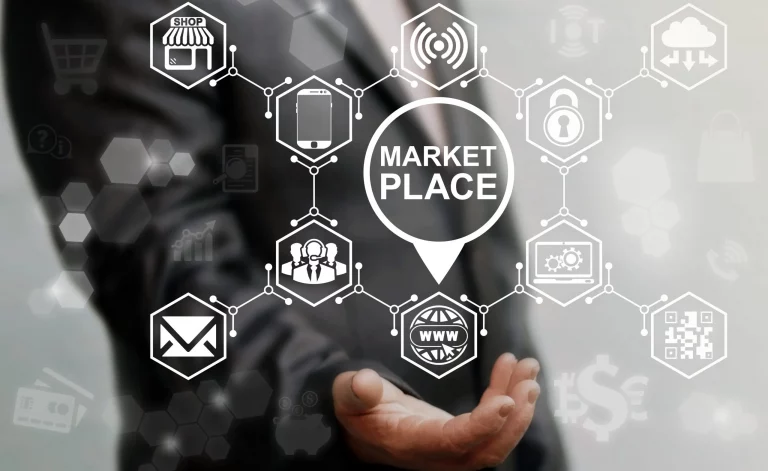Retaining customers is a crucial aspect of any business, yet it’s often overlooked. Many businesses focus solely on acquiring new customers rather than keeping existing ones.
I refer to this approach as quick-sanding. You’re relying on new customer acquisition due to your retention or returning customer metrics being either minuscule or non-existent at all.
Preventing churn is just as important as winning new customers and in this article, I will explore how focusing on activation during onboarding can solve retention issues.
Activation vs. Churn
Often, companies put themselves at a disadvantage by solving retention issues by fighting churn when it happens or by attempting to win back customers. Both are perfectly reasonable tactics as your last resort to retain the customer but it can be mitigated by a proactive approach during the onboarding process.
Alleviating the need for it with a more proactive approach during the onboarding process. By identifying aha-moments and reducing friction during onboarding, you can prevent churn before it happens.
Measuring Activation for D2C Brands
For direct-to-consumer (D2C) brands, assessing activation can be complex. Methods may differ according to the product type, yet a common approach is to observe the attrition rates between the initial purchase and the subsequent one for a product that is bought more than once.
Should your data indicate considerable drop-offs, it’s prudent to concentrate on activation.
Focusing on Activation
Concentrating on activation involves two key elements: refining onboarding and swiftly guiding users to experience their aha-moments.
Onboarding
Minimising friction during onboarding is crucial. This includes simplifying the process to ensure customers can easily understand and use your product. Effectively communicating your product’s value, both before and after purchase, is also essential.
Aha-moments
Creating high-impact moments is another method to enhance activation. These moments should assist customers in realising the full potential of your product and foster a stronger connection with your product and brand.
Creating a Habit
Integrating your product into your customers’ daily routines increases the likelihood of continued use and customer loyalty. Aim for cultivating a habit around your product’s usage.
Concentrating on activation involves two key elements: refining onboarding and swiftly guiding users to experience their aha-moments. Hooked by Nir Eyal comes highly recommended for delving further into it.
In summary
Businesses often overlook customer retention, focusing instead on acquiring new ones—a process sometimes referred to as “quick-sanding.”
It is recommended that companies expand their focus beyond just attracting new customers to retaining those they have already secured, often at a considerable acquisition cost.
However, as we have learned, retention is shaped by a user’s initial experience with your product or service. Thus, by reducing onboarding friction, pinpointing or crafting moments of significant impact, your product’s aha-moments and fostering habits around product use, you enhance customer loyalty, their lifetime value (LTV), and pave the way for sustained growth.














